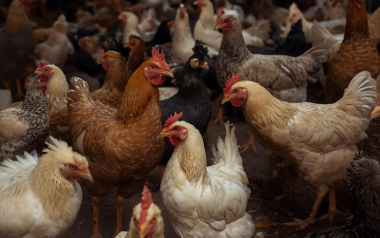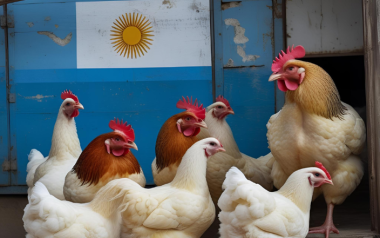15 Sep 2022
FAO: Central and Latin American countries at risk of HPAI
Central and South American countries on high alert for wild bird mortality and outbreaks or unusual mortality in poultry due to HPAI H5...
The Food and Agriculture Organization of the United Nations (FAO) recommends that Central and South American countries and territories be on high alert for wild bird mortality and outbreaks or unusual mortality in poultry due to HPAI H5.
Since early 2022, there has been a rapid spread of HPAI H5 in North America, and recent information indicates viral circulation in certain wild bird populations in the region.
This is because of the start of the upcoming fall migration of many bird species from North America to Central and South America, the risk of HPAI introductions increases in currently unaffected wintering areas.
The countries and territories of the Central and South American regions must prepare and strengthen their measures for early detection, proper diagnosis, and early response, both in wild birds and in poultry.
Since 2020, the world has witnessed an unprecedented intercontinental wave of HPAI H5, affecting both wild and domestic bird populations.
- HPAI H5 has reached more than 70 countries in Eurasia, Africa, and the Americas, endangering the poultry industry and avifauna.
- During this time, 18 countries reported the disease for the first time.
- The current persistence of HPAI H5 and its spread to previously unaffected areas is mainly due to the introduction of wild birds and its subsequent spread nationally and regionally by the poultry trade.
HPAI H5 viruses belonging to clades 2.3.4.4b are responsible for transcontinental waves of HPAI outbreaks observed in
TO CONTINUE READING REGISTER IT IS COMPLETELY FREE
Access to articles in PDF
Keep up to date with our newsletters
Receive the magazine for free in digital version
REGISTRATION
ACCESS
YOUR ACCOUNT
LOGIN
Lost your password?








































